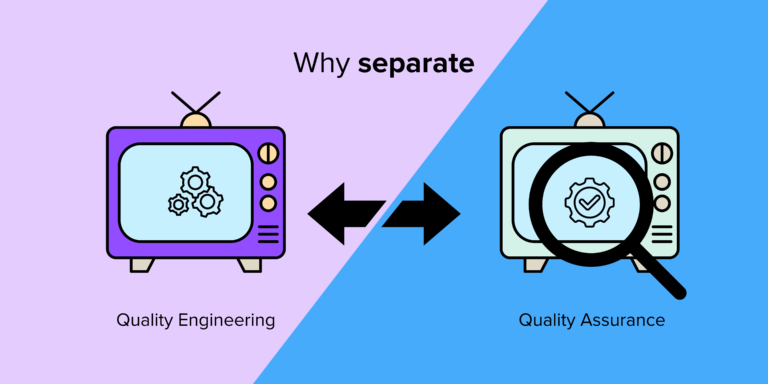OTT (Over The Top) and CTV (Connected TV) are currently in a phase of unprecedented growth, and with the impact of COVID-19, viewing habits have changed dramatically. OTT and CTV are the future and there has never been a more exciting time for brands, advertisers and consumers to reap the benefits of what this burgeoning landscape has to offer. In the following blog, we look at the difference between both OTT and CTV and delve deeper into the benefits of these technologies.
OTT vs CTV: What’s the difference?
OTT generally refers to content and is defined as a streaming media service offered directly to viewers over the internet. OTT devices are essentially any device that delivers media over the internet by connecting to a TV. Examples of OTT streaming services include Netflix, Amazon Prime Video, Hulu, and Disney+.
CTV is a particular form of OTT TV, which generally refers to specific internet-enabled devices that have access to content beyond traditional broadcasting. CTV also includes set-top boxes such as Amazon Fire and Roku and gaming consoles such as Playstation and Xbox.
Benefits for brands
OTT and CTV allow brands the opportunity to tap into a growing market that is expected to reach $86.80 billion by 2026. As technology and consumer habits continue to change, brands must look towards OTT and CTV services as a means of widening their reach.
Benefits of OTT & CTV for brands include:
Larger audiences
With a staggering 1.1 billion Connected TV devices in use around the world, reaching new audiences has never been easier for brands, with the global OTT video market predicted to double in size by 2023.
New means of delivering content
Developing OTT apps allows viewers to instantly stream their favourite content via the internet on their connected device of choice, meaning brands can deliver content in new ways.
Ability to monetise content
Brands can take advantage of OTT monetisation through subscription or advertising. Take Netflix for example. This is defined as SVOD (Subscription Video on Demand) where consumers can also consume content uninterrupted by ads. Equally, brands could create an AVOD service (Advertising Video on Demand) which can generate ad revenue. Examples of AVOD include All4 and YouTube.
Widen your audience reach with an OTT app.Contact us now
Benefits for advertisers
OTT & CTV provides a whole new world of advertising for brands, as OTT & CTV allows for new and innovative ways to reach a new and unique audience as it is reported that nearly 50 million U.S. households use OTT apps daily, streaming nearly 300 million hours each day.
Benefits of OTT advertising include:
Brand safety
With ads delivered during live TV or On-Demand, viewers are reached across top tier networks and popular content.
Ad completion
Viewers are watching the ads through until the end, with an average completion rate of 98%.
Measurable results
With CTV audience targeting, you can be sure your marketing budget is going towards your most valuable and targeted viewers.
Growing audience
Targets millennials and the growing % of the population who do not have cable TV, who are also known as ‘Cord Cutters’, as it is predicted that the total number of ‘Cord Cutters’ in the U.S. will rise to 55.1 million by 2022.
Benefits for consumers
OTT & CTV not only provide major benefits for brands looking to reach new audiences but also offer a plethora of benefits to consumers as well. In Q4 of 2020, the UK on average watched 88 hours of OTT content per month, showing how steep the rise in popularity is of OTT platforms due to their many benefits.
Benefits of OTT platforms include:
Connectivity
OTT platforms are extremely easy to use as they only require an internet connection.
Convenience
OTT platforms are becoming increasingly popular due to the convenience factor as these platforms allow you to access your favourite media content any time you like, wherever in the world you may be, provided you have an internet connection.
Content variety
Through VOD (Video On Demand – similar to OTT only if the OTT platform isn’t purely for live streaming) services, users can access thousands of TV programmes and films at the click of a button.
It is evident that OTT & CTV is the future of media, and with the impact of COVID-19, media consumption has sky-rocketed. Traditional cable TV continues to lose viewers and with the global OTT market set to double by 2023, brands have an unprecedented opportunity to reach new audiences. There has never been a better time to get involved in the OTT space and join the Connected TV revolution.





